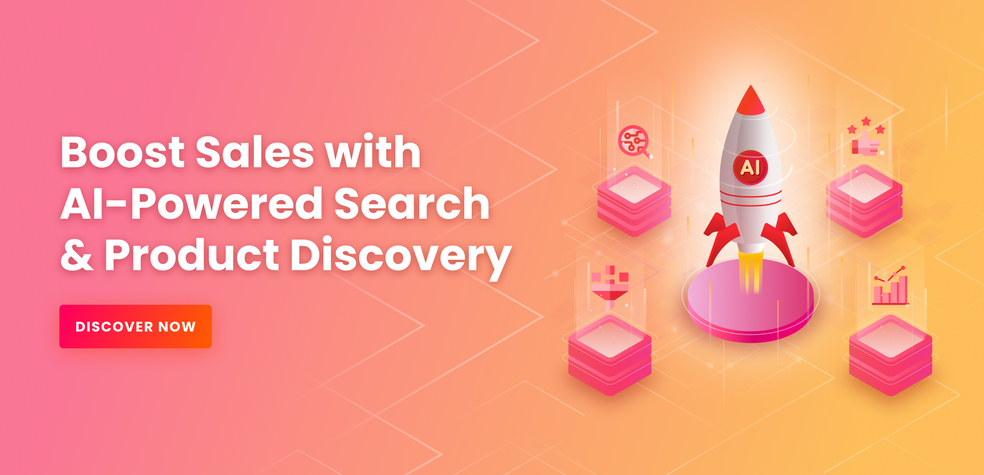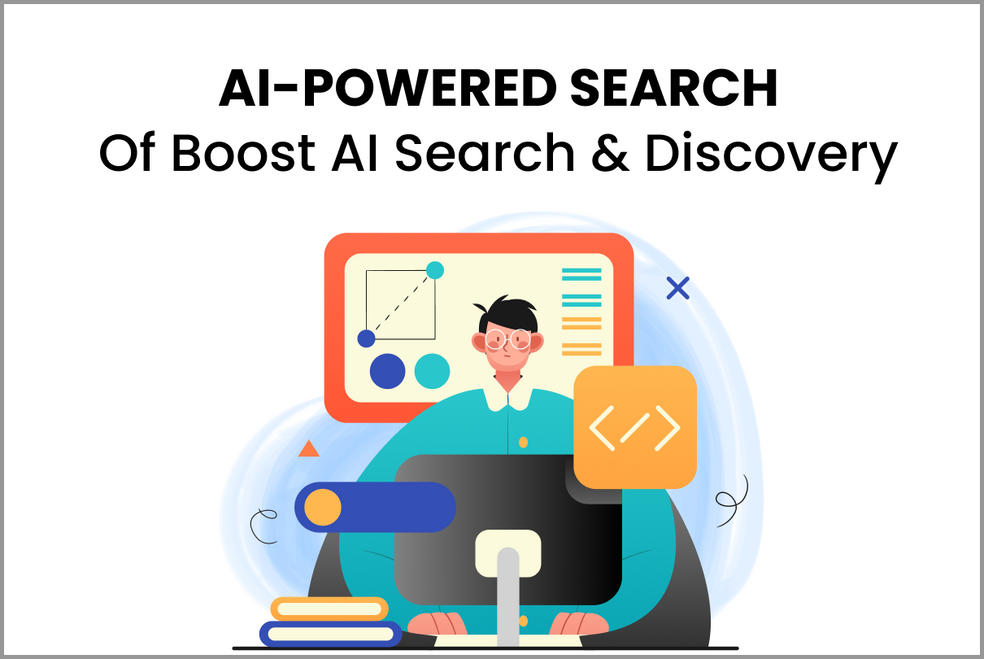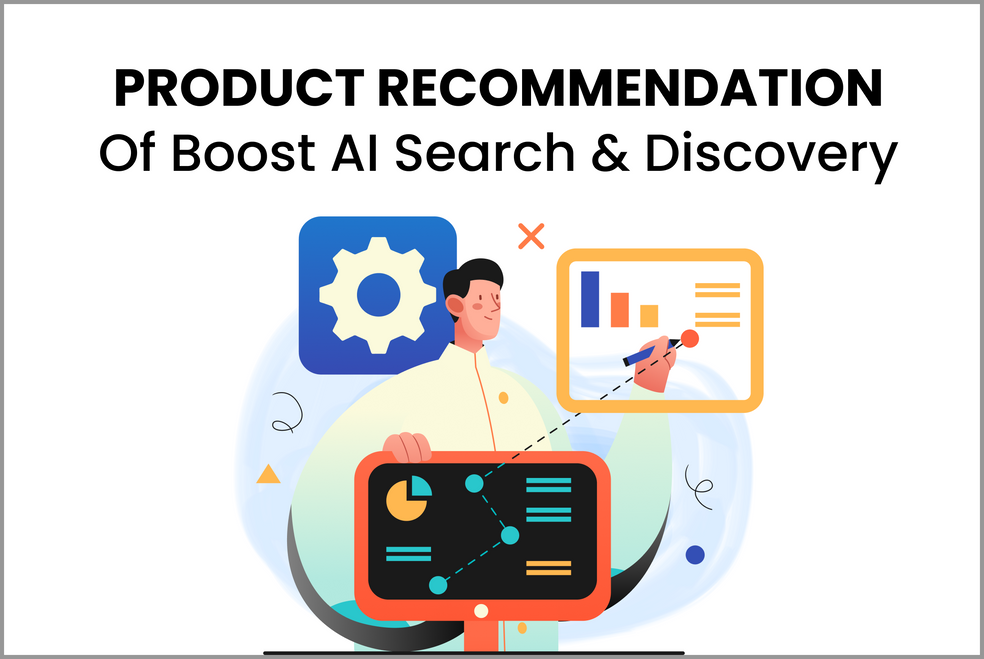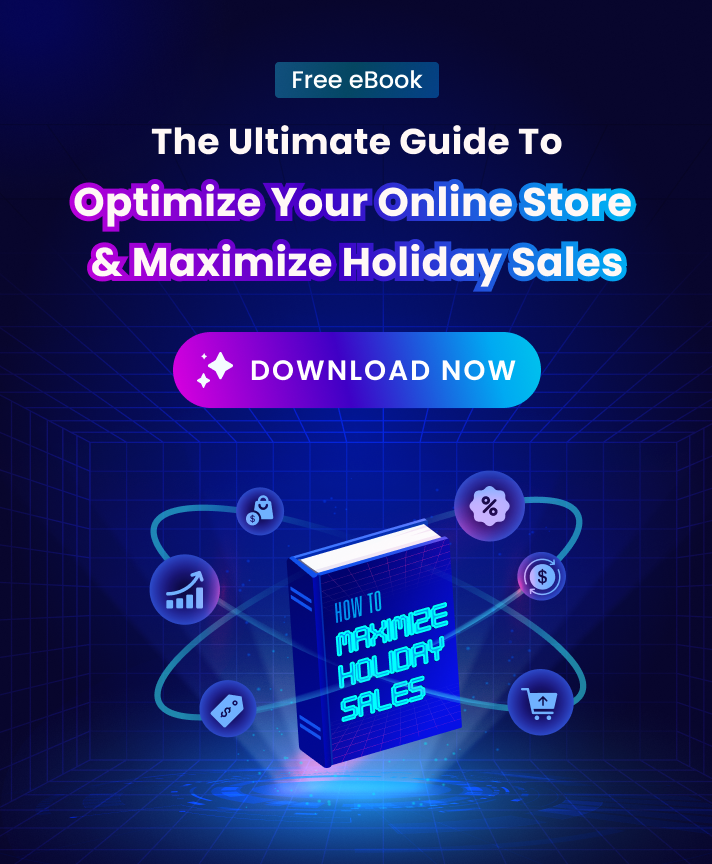What is Buyer Intent?
Buyer intent, or purchase intent, is the willingness of a customer to purchase a product, service, or idea. In an eCommerce website, it refers to the likelihood of website visitors being willing and inclined to purchase your products or service, within their visiting sessions.
Similarly, in marketing, buyer intent measures the willingness to purchase from potential customers in a certain market, within the next 3 to 6 months. In this broader sense, this term is related to the customer journey.
Buyer intent can be the initial desire to buy an idea or product and can be increased by different marketing activities.
When buying intent is high, it indicates that an opportunity for sales may exist in the immediate future.
What is Buyer Intent used for?
It is one of the most important factors in a buyer’s purchase decision-making process. It gives you insights into what your customers want and it helps you identify potential sales opportunities.
In addition, you may have the ability to target customers with more relevant messages. And then, improve your eCommerce business’ overall marketing performance.
Marketing professionals use buyer intent to define the conversion rate of a specific targeted user group and predict how much potential revenue they’ll be able to generate in a given period.
How to measure Buyer Intent?
Although it’s an important metric to help marketers understand what needs the customer has, it’s difficult to accurately measure.
Buyer intent can be measured using surveys, questionnaires, live chat, and more.
But this doesn’t end with measuring. It also includes being able to interpret the data and adjust your marketing efforts accordingly. This can mean understanding how your customers use the resources you provide for them and what kind of content they want to consume.
By continually measuring buyer intent and adapting your marketing strategies accordingly, you can avoid wasting time and money on promotions that have little or no effect on a group of audiences who are unlikely to spend their money.
What are the 4 types of Buyer Intent?
Since customers search with different goals in mind, buying intent is categorized based on the customer’s purchase funnel: it is determined by at which stage your potential buyer is right now.
Buyer Awareness (Informational)
At this stage, your customer might be gathering information for their specific challenge, problem, or interest, such as a specific product line. They are not yet interested in your store or your products. These customers are at the Awareness stage in the purchase funnel. You need to educate them and convert them into potential buyers.
Buyer Consideration (Investigational)
When your site visitors are at a research stage, they might be interested in your service or products. However, they are gathering more information to compare and pick the best option. With this type of buyer intent, you’ll need to provide your product advantages, personalized marketing messages, and so on for buyers to investigate further.
Buyer Acquisition (Navigational)
Now, your potential buyers have some specific interest in your store and products. They also have a stronger intent to buy and more easily to be motivated to seal a deal. The tactic here is to win them with personalized promotional deals, extended trials, and freeship privileges – you name it.
Buyer Loyalty (Transactional)
At the end of the purchase funnel, your customers are ready to buy from you. However, your job doesn’t end here. It takes the whole marketing, sales, and customer service team to make sure your customers buy the products/service, are satisfied, and return for more.
How to optimize Buyer Intent for your eCommerce business?
1. Be aware of your organization’s different buyer personas
If you have different buyer personas as part of your marketing efforts, it’s important to understand what kind of buyer intent they represent. Some buyer personas may have higher initial buyer intent than others.
If this is the case, you should focus most of your efforts on the buyers who are more interested in a product or service. You can also use this data to identify which demographics have higher initial buyer intent and target them with specific promotional messages.
2. Measure buyer intent before and after a promotion campaign, not just at the end of it
You should measure buyer intent before and after a promotion campaign. This is to see if there was any increase in your customers’ interest in the product or service. It’s important to establish buyer intent before you run a promotion because it can give you insight into what your customers want and how they react to marketing campaigns. If your campaign isn’t doing well, you may be able to improve your campaign by changing the creative and targeting different audiences.
For instance, if you’re promoting a sale on your website that you think is highly wanted by your target customers, measure the initial buyer intent before and after the promotion.
If there is a significant increase in buyer intent, then it’s likely that the campaign was successful in increasing buyer interest. In addition, you can use insights made from the data to adjust future promotions to maximize their effectiveness.
3. Leverage technologies that can provide real-time insights into buyer behavior
A monitoring tool or a web analytic software package (such as Google Analytics) can be an excellent source of information. It helps you identify patterns and see what your customers are doing online.
For instance, if you’re promoting a new product or service, you can use a monitoring tool to see which pages on your website are most accessed and correlate this data with buyer intent. This data helps you identify which marketing activities should be targeted.
How Product Filter and Search by Boost optimizes your store’s buyer intent
The product filter and search tool are interactive tools that help you identify which products and services would fit your customers’ needs. The filter will allow you to narrow down the products, features, or services that your customers might be interested in. Then, the search tool will provide a list of potential options based on their interest in the filter criteria.
Product Filter and Search by Boost Commerce not only helps you identify which products or services your customers want but also allows you to track buyer intent by using analytics to measure customer interest and provide insight into what they are looking at and buying.
You can view the search and filter results in a live dashboard, which will allow you to get the most recent information on buyer awareness searches. You can also set up scheduled reports for easy access to insights about trends and customer behavior across different devices.
















